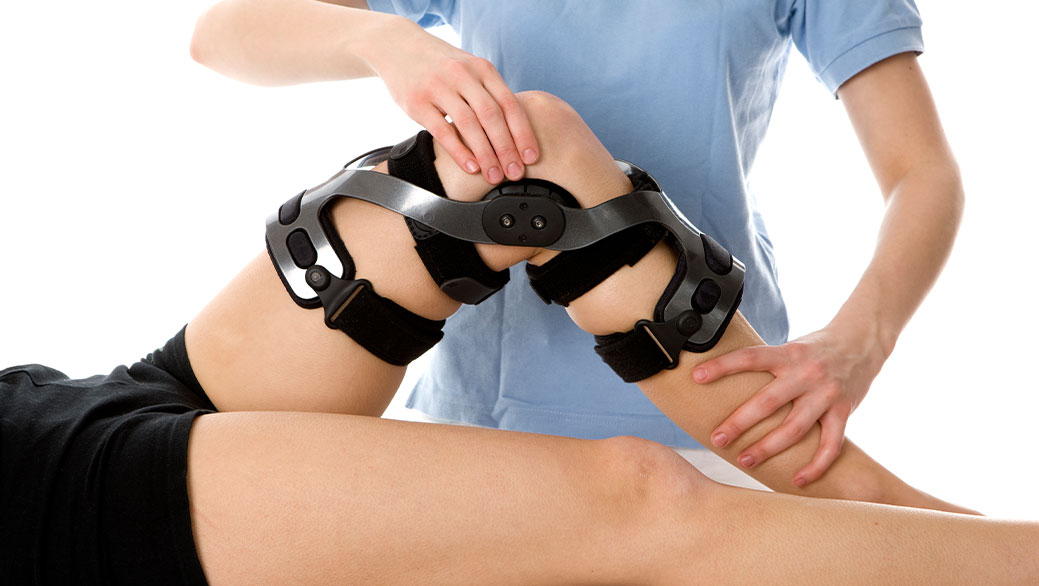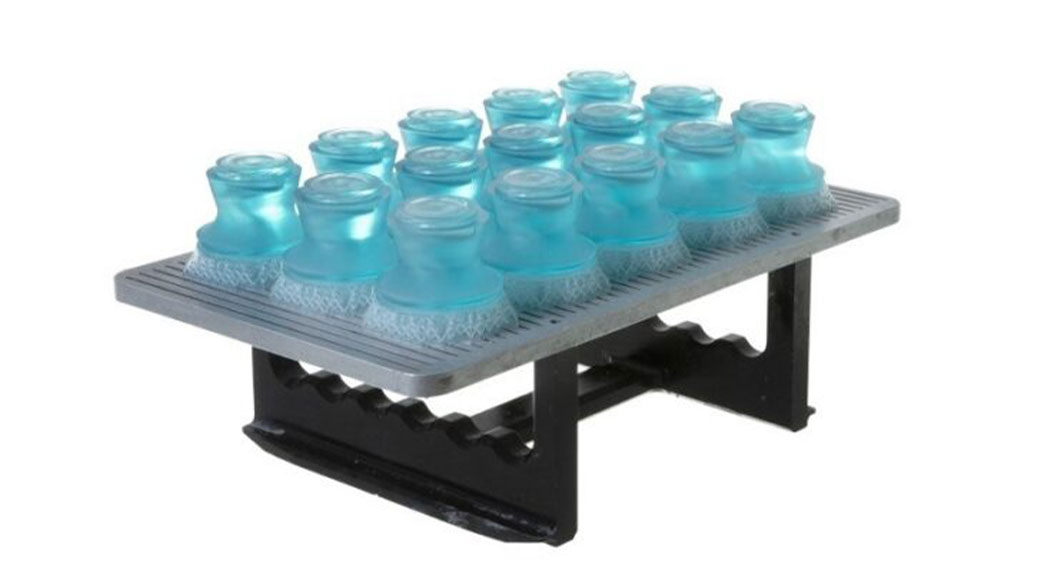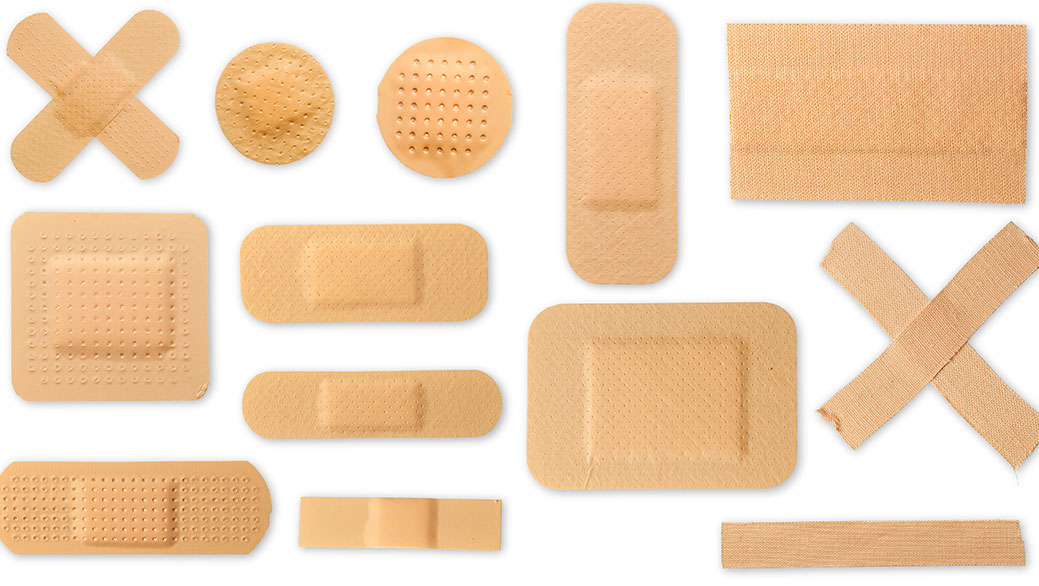Additive Manufacturing
Additive manufacturing, or 3D printing, is a term for manufacturing processes in which objects are created layer by layer – and not by removing material as in conventional methods. Despite its hurdles, AM is driving a revolution in modern manufacturing by enabling rapid prototyping, highly customized parts, on-site production, and the fabrication of shapes that would otherwise be impossible.
RECENT DEVELOPMENTS
Where 3D printing has once been a niche market, it is now growing at a fast pace. On the supply side, the growth is mainly driven by a wider variety of 3D printable material (including a major shift from plastic to metal), an increase in the production speed and in the size of printable objects, a reduction in errors and in development cost and time, and the ability to build highly customized products. Another proponent of AM’s growth is due to a global focus on sustainability and reshoring initiatives. It is powering the rise of micro-factories that localize production while offering remanufacturing techniques that create seamless repairs for damaged components. But while the technological maturity of AM has been demonstrated, many still struggle with its adoption and implementation at an industrial scale where costs will remain a key challenge, ahead of standardization, digitalization, and access to know-how.
Outside of traditional applications in aerospace or automotive, medical applications are growing. Standards and regulations have been slowly developing but will still need to address key issues in intellectual property, quality assurance, and certification, especially in highly regulated areas such as the medical industries. There, the FDA cleared over 100 devices manufactured with additive technologies as of 2021, including customized devices, such as cranial implants and knee replacements.
IMPLICATIONS FOR THE HEALTH INDUSTRY
Recently, the potential of AM to play a significant role in the future has been underlined again within the context of the COVID-19 pandemic. When the entire world came to a standstill and healthcare systems found themselves overwhelmed and unable to cope with the skyrocketing demand for critical items such as nasal swabs and ventilator components, the AM sector was able to rapidly pivot to bolster these supply systems. In doing so, manufacturing leaders who had previously dismissed AM as either too expensive or too immature to be useful at an industrial scale once again became curious to understand how AM might be used to make their own manufacturing systems more resilient, flexible, and adept at responding to future shocks.
In a near-future optimistic scenario, the healthcare industry embraces 3D printing. Rather than storing a fixed inventory of equipment, hospitals use additive manufacturing to produce items on demand ranging from personal protective equipment to stents and custom braces, and then break them down or sterilize and recycle them when they’re no longer needed. Ambulances and mobile hospitals are equipped with printers, too, so that they can treat patients during transport. Introducing 3D printers to pharmacies would allow personnel to form a dose and delivery system based on the patient’s body size, age, lifestyle, and sex. 3D bioprinting offers the potential to create functional, living, 3D human tissues of organs which provide much more accurate mimicry to reality, resulting in much more predictive results for drug candidates, thereby reducing late-stage failures. 3D printing in regenerative medicine attempts to create organs for transplants instead of relying on the current donor model. It’s all about efficiency, personalization, accessibility, and real-time response to the emergencies that come through the doors.
MICROTRENDS
Leveraging the digital process chain
While at heart a manufacturing process, AM is in many ways more of a technology platform. Due to its digital nature, it is compatible with a wide range of other technologies from the Industry 4.0 context, including data-driven design, artificial intelligence, and digital supply chains. This unique capability is mainly enabled by the digital thread that spans the AM process chain. Throughout the entire product life cycle, data can be captured to improve the performance, efficiency, and cost of an AM application. The case study by Trinckle and Aqtor! is an example that showcases how a digital process chain can be leveraged to build highly advanced AM applications. Conjointly, the firms developed an automated design platform for 3D-printed orthoses. The design platform covers a wide range of automation levels such as simple parameter manipulation and more sophisticated features such as automatic fitting of AM orthoses to 3D scans of patients. The platform has been in use since 2019. The most mature example is a knee brace that has been produced more than 350 times already. In the near future, the platform could be extended by integrating smart, connected sensors into the AM orthoses, enabling the acquisition of data while the products are in use. This would create novel opportunities for customer interaction, for instance, in the form of adapted training plans. From a business perspective, the implementation of the design platform led to a reduction in labor as recurring design work could be automated. Depending on the product, this reduction ranges from 40% to 60%. Overall, this project illustrates how the digital process chain of AM creates significant benefits through the automation of individual process steps. From a business perspective, this opens up a wide range of new opportunities concerning how products can be sold and how OEMs interact with their customers.

3D-printed stethoscope for telemedicine
The American start-up Nexa3D has partnered with the functional polymers leader Henkel to produce the world’s first additively manufactured connected SKOP stethoscope for the French Medtech start-up WeMed. Born during the COVID-19 health crisis, WeMed saw an opportunity to quickly respond to the accelerating demand for new diagnostic medical devices that support teleconsulting and remote monitoring. The stethoscope takes inspiration from nature, using a biomimetic design based on the human ear to maximize performance. This ensures excellent listening quality to doctors working in emergency situations and for isolated patients. The device has already been tested and is currently being marketed with annual production volumes expected to exceed 100,000 pieces.

Efficient drug screening with 3D bioprinting
Taking a drug to market is a competitive and costly process involving preclinical laboratory and animal testing before the even more expensive human clinical trials. However, animal testing often fails to recapitulate the complexity of human metabolism. In recent years scientists have recognized the importance of working with human cells in 3D environments afforded by bioprinting to produce more physiologically relevant models. Combining the automation of cell culturing in 3D bioprinting with carefully tailored biomaterials, known as bioinks, has made it possible to grow, feed and maintain human organ models. Bioprinting’s more relevant human organ models can save the drug industry time and money by more efficiently identifying viable compounds in the initial stages of drug development.

3D printed customized bandages
Scientists at the Berlin Institute of Health at Charité (BIH), together with colleagues from the company Cellbricks, have developed a 3D printer that can produce a biological wound closure: Using a mix of gelatin and skin cells, the device prints a custom-fit plaster that can be used to close large-area wounds. This could be a valuable alternative to skin transplants, and not just for burn victims on earth – astronauts could also be treated individually far away from any clinic. The researchers will soon test whether the printer works in weightlessness on a parabolic flight.

SOURCES
INFORMATION
World Economic Forum, An Additive Manufacturing Breakthrough, White Paper 01/22
United Nations Conference on Trade and Development, Technology and Innovation Report, 2021
Future Today Institute, Tech Trend Reports, 2021
Trendmanager
PICTURES
Main Picture: Getty Images
Microtrend 1: Getty Images
Microtrend 2: nsmedicaldevices.com
Microtrend 3: Getty Images
Microtrend 4: Getty Images

